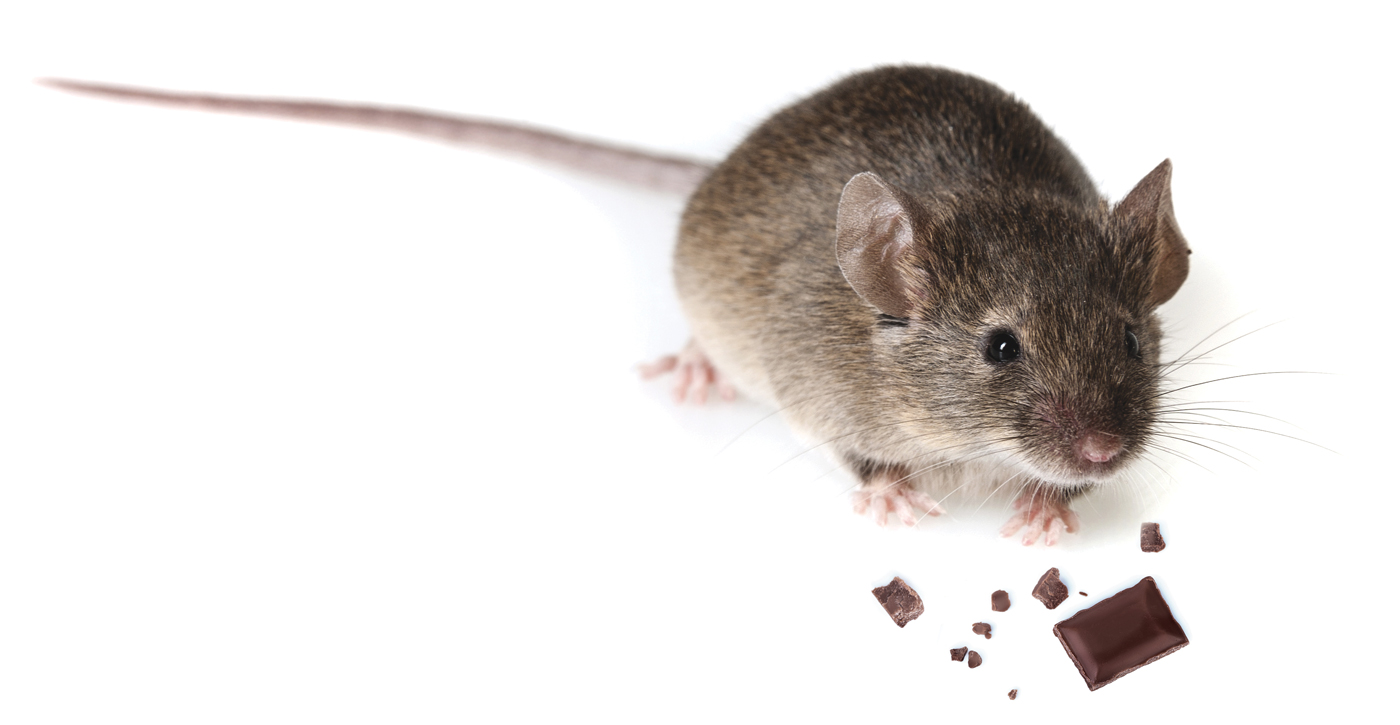I finally humanely trapped Einstein early this morning. Einstein (probable pronouns: they/them) is a mouse. For the first time in the 19 years I’ve owned this house, after a contractor left the crawlspace door cracked, I had mice. (Well, actually, the mice had me.) I humanely trapped and released four mice using the good old standby of raw nuts. But then there was Einstein. I’m a Quaker and a pacifist. I make every effort not to kill things. I even have a pacifistic roach-trapping system, (mostly) allowing me to transport the Kafkaesque critters outside. I say “mostly” because late at night, when I’m really tired, I have been known to pull out the vacuum cleaner—the travails and acceptance of being all-too-human.
Back to Einstein. After the trapping and release of four mice, there was a period of quiet in my household until . . . until I began waking in the morning to piles of dirt surrounding various plants. Huh? With some queasiness, I began envisioning, perhaps, a baby possum. No way! So I went to Dr. Google and discovered that mice dig in plants to hide their “goodies.” Then I actually set up four humane mouse traps, which over four to five days produced nothing except for a different plant having been excavated each morning.
Soon I would be heading into cataract surgery, after which I wouldn’t be able to lift more than five pounds for a week. While able, I moved most of my house plants—the ones that I could lift—out to the screened porch. Returning once again to Dr. Google, I discovered that essential peppermint oil deters mice because of its strong smell. I put my two bits down at the co-op for a small jar of the minty oil, and dripped some on all the heaviest indoor plant pots with the exception of one large plant in my bedroom (I would’ve suffocated having to sleep with that smell; a little self-care never hurts). Waking up early on the morning of the cataract surgery, I found that my lovely large plant in my bedroom was surrounded by a ring of dirt, the nearby baited humane trap completely untouched. Finally I turned it over to the Light and was picked up by friends for the outpatient surgery.
The next morning, there was even more dirt surrounding the plant in my bedroom. I called my wonderful neighbors, who came over, and between the two of them, they were able to lift the plant onto my living room table where I could doctor it with peppermint oil (which really works!). They were also kind enough to clean up the ring of dirt left behind (love thy neighbors). Still, the newly christened Einstein appeared in none of my four humane traps. For bait, I had experimented with raw pecans, walnuts, almonds, cheese, peanut butter, and birdseed—all of which went untouched.
I’d reached the “argh!” state (keeping in mind, with effort, our peace testimony). One more venture onto Dr. Google and I discovered that mice love chocolate (how Quaker-esqe can you get?). Since I rarely eat sugar, I “borrowed” a dark chocolate bar from the same wonderful neighbors. The chocolate worked! Einstein and I finally had our reckoning at around 5:00 a.m. the next morning. I released Einstein outside, trusting new accommodations would be found but not in my house. I emailed my neighbors a thank-you for the chocolate and received a reply: “Yeah! Chocolate always comes through!” A fitting end to a Quaker mouse-catcher story.




I just loved this article, it is so tender and funny and full of love. I can see the lady who wrote it is a lovely person with a great sens of humor, the kind I would have like to have for myself!
Thank you. Quakerism has been a wonderful teacher (as well as getting older and realizing how health-giving a sense of humor is!)
This is a delightful article! Thank you, Jan Hutton, for your humanity (rodentity?), good humour, and a fine example of the Peace Testimony being applied to all of the Universe’s creatures. Chocolate, eh? I might have been a mouse in a previous life!
I wil proudly accept my “rodentity!” And, thank you for your sense of humor!
Hmmmm. What happens when we have a mouse plague? Hundreds of millions of mice consuming everything in their path – even sealed plastic containers to get at food, insulated electric wires in cars and houses.
I’m not sure the good folks in western New South Wales would be convinced by our humble methods .
I wonder if the elephants are asking themselves what they should do about the human plague.
I think we should recognise that we are, along with every other creature, just a part of the web of life which web supports us all. Our particular contribution being that we are very aware both of ourselves and other creatures. This awareness should ideally be used to enhance the living conditions for all living creatures not degrade them. More strength to Jan for doing exactly this.